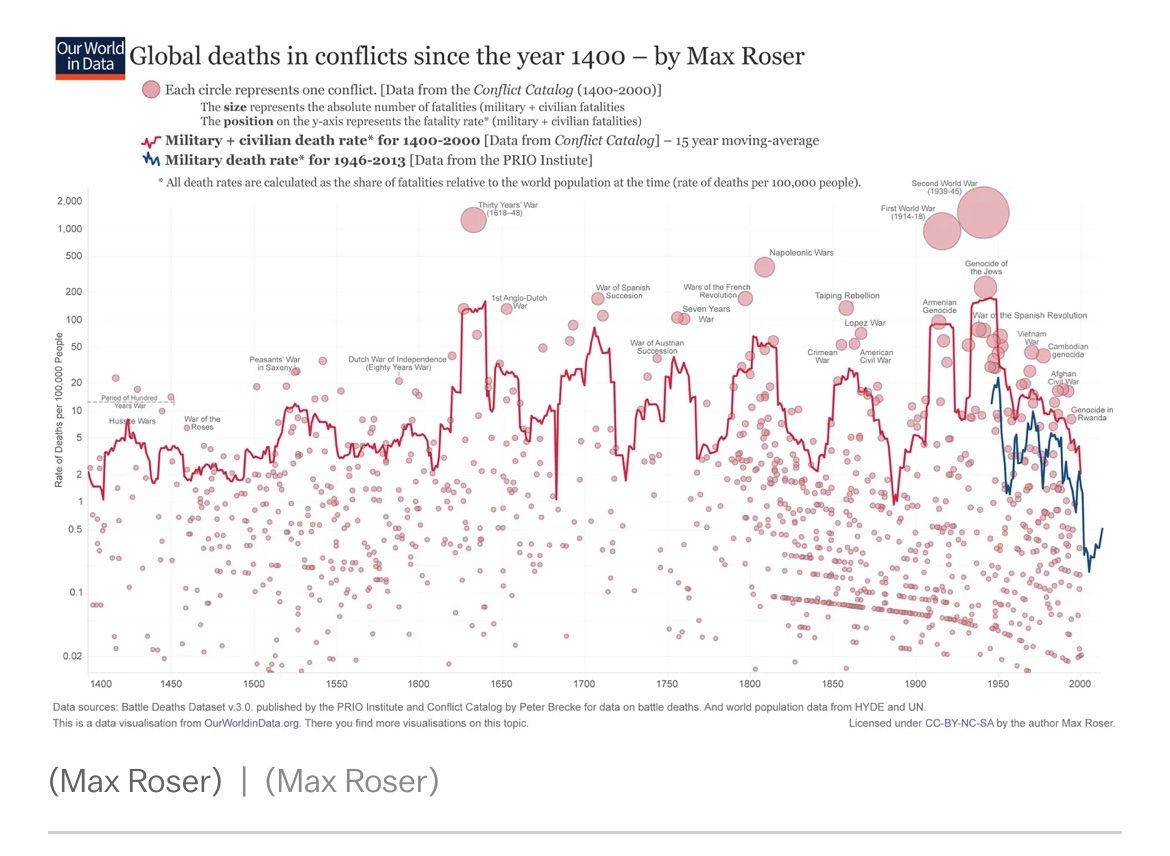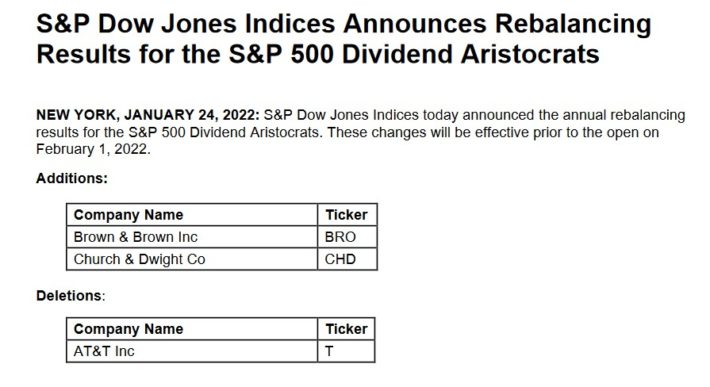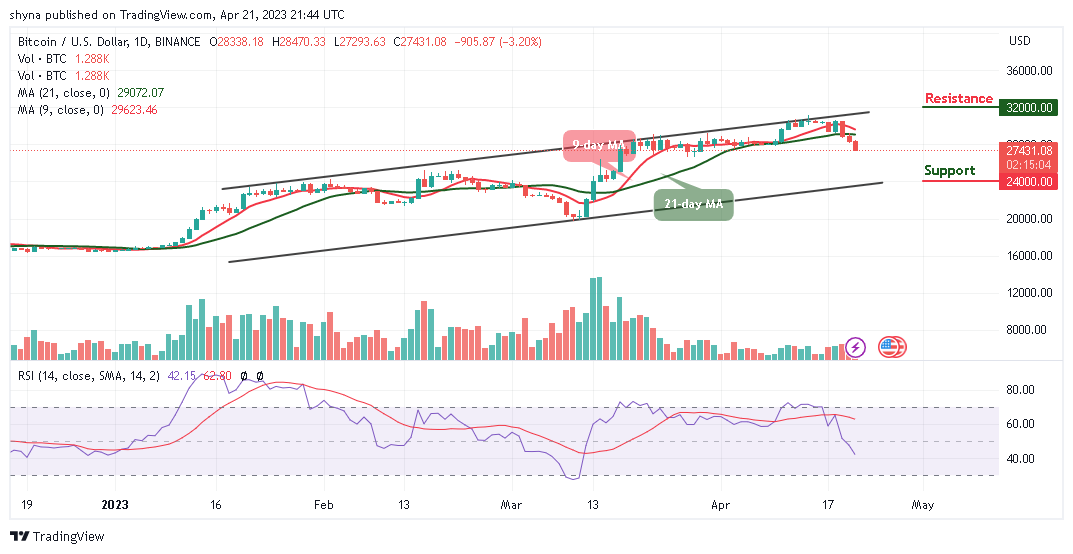Dragon Claws
Investors were net purchasers of fund assets (including those of conventional funds and ETFs) for the second week in a row, injecting a net $9.6 billion for the LSEG Lipper fund flows week ended Wednesday, September 6.
However, the headline numbers are a bit misleading. Fund investors were net purchasers of money market funds (+$18.0 billion) while being net redeemers of equity funds (-$5.2 billion), taxable bond funds (-$2.4 billion), and tax-exempt fixed income funds (-$798 million) for the week.
Market Wrap-Up
Rising Treasury yields and oil prices during the week put U.S. investors in a risk-off mode in a Labor Day shortened trading week as inflationary concerns were rekindled.
On the domestic equity side of the equation, the Nasdaq Composite (-1.05%) did the best job of mitigating losses of the broad-based U.S. indices, followed by the S&P 500 (-1.09%) and the Dow (-1.28%).
The Russell 2000 (-1.52%) was the laggard of the group. Overseas, the Nikkei 225 (+1.56%) rose to the top of the leaderboard of the often-followed broad-based international indices, followed by the Shanghai Composite (+0.43%) and the FTSE 100 (-2.49%). Meanwhile, the Xetra DAX Total Return Index (-2.95%) posted the largest market decline for the flows week.
For the fund flows week, the Morningstar LSTA U.S. Leveraged Loan Index (+0.31%) outpaced the Bloomberg Municipal Bond Index (-0.04%) and the Bloomberg U.S. Aggregate Bond Index (-0.97%).
With the recent rise in oil prices and the steadfast commitment by the Federal Reserve Board to fight inflation, the 10-year Treasury yield finished up for the week, rising 18 basis points (bps) – settling at 4.30% – while the one-month Treasury yield saw the largest decline, dropping three bps to close out the flows week at 5.52%.
The U.S. Treasury yield curve remained inverted, with the two- and 10-year Treasury yield spread (-71 bps) narrowing by seven bps for the week.
On Thursday, August 31, U.S. stocks finished mostly lower with the Nasdaq cementing its first monthly decline in six and its largest decline for 2023, falling 2.17%.
Investors appeared to ignore a Goldilocks July personal consumption expenditure index report that showed the cost of goods and services rose a mild 0.2% – in line with analysts’ expectations – and instead focused their attention on the upcoming August nonfarm payrolls report. In related news, initial jobless claims for the week ended August 26 fell by 4,000 to 228,000, trending against analysts’ expectations of a 5,000 increase.
U.S. stocks ended mixed on Friday, September 1, in light late-day trading ahead of the Labor Day weekend, with both the S&P 500 and Nasdaq posting back-to-back weekly gains.
The Department of Labor reported the U.S. economy added 187,000 new jobs in August, beating analysts’ expectations of 170,000, but still confirming a slowdown in job gains.
The unemployment rate rose to 3.8% from 3.5% in July, buoying investors’ hopes for a soft landing. Nonetheless, inflation concerns remain ever-present. Average hourly earnings for August rose 0.2%, with year-over-year wage growth still clocking in at 4.3%.
The 10-year Treasury yield rose nine bps on the day to 4.18%, after Cleveland Fed President Loretta Mester said, “Although there has been some progress, inflation remains too high.”
The U.S. markets were closed on Monday, September 4, in observance of the Labor Day holiday.
U.S. stocks closed lower on Tuesday, September 5, as investors weighed news of weakening economic data out of China and Europe, the first decline in U.S. factory orders in four months, and both Saudi Arabia and Russia extending their oil cuts until year-end – pushing many investors to the sidelines.
China’s services sector fell in August to its lowest level in eight months, according to a private survey of business activity, slipping from 54.1 in July to 51.8 in August.
Adding to the dread, an eurozone survey showed output in the region contracted at its fastest pace since November 2020, with HBOC’s final August Composite Purchasing Managers’ Index dropping to 46.7 from July’s reading of 48.6. On this side of the pond, orders for U.S. manufactured goods declined 2.1 in July – its first decline in five months.
The Nasdaq fell for the third day in a row on Wednesday, September 6, as hand-wringing continued over inflationary concerns, with the rise in Treasury yields and crude oil futures prices notching their longest daily winning streak in over four years.
The Institute of Supply Management August services index rose to 54.5% from 52.7% for the prior month – its highest level since February. Front month crude oil futures rose $0.85 on the day to $87.54/bbl – rising for the ninth consecutive session. The 10-year Treasury rose three bps on the day to 4.30%.
Exchange-Traded Equity Funds
Equity ETFs witnessed net outflows for the second week in three, handing back a little more than $1.4 billion for the most recent fund flows week.
Authorized participants (APs) were net sellers of domestic equity ETFs (-$2.0 billion), withdrawing money also for the second week in three, while nondomestic equity ETFs witnessed net inflows for the first week in six, taking in $596 million this past week.
International equity ETFs (+$601 million) observed the largest net inflows of the equity ETF macro groups for the fund flows week, followed by equity income ETFs (+$407 million) and sector energy ETFs (+$396 million).
Meanwhile, small-cap ETFs (-$1.3 billion) suffered the largest net outflows, bettered by the commodities-heavy, sector -other ETFs (-$780 million) and large-cap ETFs (-$300 million) macro groups.
Invesco Russell 1000 Dynamic Multifactor ETF (OMFL, +$1.5 billion) and Technology Select Sector SPDR Fund (XLK, +$359 million) attracted the largest amounts of net new money of all individual equity ETFs.
At the other end of the spectrum, iShares Core S&P 500 ETF (IVV, -$1.28 billion) experienced the largest individual net redemptions and iShares Russell 2000 ETF (IWM, -$1.27 billion) suffered the second-largest net redemptions of the week.
Exchange-Traded Fixed Income Funds
For the first week in three, taxable fixed income ETFs experienced net outflows, handing back $1.1 billion this week. APs were net purchasers of flexible ETFs (+$723 million), corporate high-yield ETFs (+$452 million), and international & global debt ETFs (+$24 million) while being net redeemers of corporate investment grade debt ETFs (-$1.9 billion) and government Treasury ETFs (-$344 million).
iShares TIPS Bond ETF (TIP, +$270 million), iShares iBoxx $ High Yield Corporate Bond ETF (HYG, +$222 million), and iShares 0-3 Month Treasury Bond ETF (SGOV, +$161 million) attracted the largest amounts of net new money of all individual taxable fixed income ETFs.
Meanwhile, iShares iBoxx $ Investment Grade Corporate Bond ETF (LQD, -$1.3 billion) and iShares 1-5 Year Investment Grade Corporate Bond ETF (IGSB, -$551 million) handed back the largest individual net redemptions for the week.
For the third week in four, municipal bond ETFs witnessed net outflows, handing back $135 million this week. iShares National Muni Bond ETF (MUB, +$126 million) witnessed the largest draw of net new money of the municipal bond ETFs, while iShares Short-Term National Muni Bond ETF (SUB, -$149 million) experienced the largest net redemptions in the subgroup.
Conventional Equity Funds
Conventional fund (ex-ETF) investors were net sellers of equity funds for the eighty-third week in a row – redeeming $3.8 billion – with the macro group posting a 1.05% market loss for the fund flows week.
Domestic equity funds – suffering net redemptions of slightly less than $3.6 billion – witnessed their thirty-sixth consecutive week of net outflows while posting a 0.96% market decline on average for the fund flows week.
Nondomestic equity funds – posting a 1.33% weekly market drop on average – observed their twenty-ninth week of net outflows in a row, handing back slightly more than $199 million this week.
On the domestic equity side, fund investors were net redeemers of large-cap funds (-$2.9 billion) and small-cap funds (-$205 million). Investors on the nondomestic equity side were net redeemers of global equity funds (-$267 million) but injected net new money into international equity funds (+$68 million) for the week.
Conventional Fixed Income Funds
For the fourth consecutive week, taxable bond funds (ex-ETFs) witnessed net outflows, handing back $1.3 billion this past week – while posting a 0.55% market decline on average for the fund flows week.
The corporate high-quality debt funds macro group attracted the largest draw of net money for the week – but taking in just $22 million, followed by international & global debt funds (+$14 million).
Flexible funds (-$600 million) suffered the largest net redemptions, bettered by government mortgage funds (-$274 million) and corporate high-yield funds (-$200 million).
The municipal bond funds group posted a 0.26% market gain on average during the fund flows week (their second weekly market rise in a row) but suffered net outflows for the sixth consecutive week, handing back $663 million this week.
None of the classifications in the macro group witnessed net inflows. The High Yield Municipal Debt Funds classification witnessed the largest net outflows of the group, handing back $148 million.
Original Post
Editor’s Note: The summary bullets for this article were chosen by Seeking Alpha editors.
















